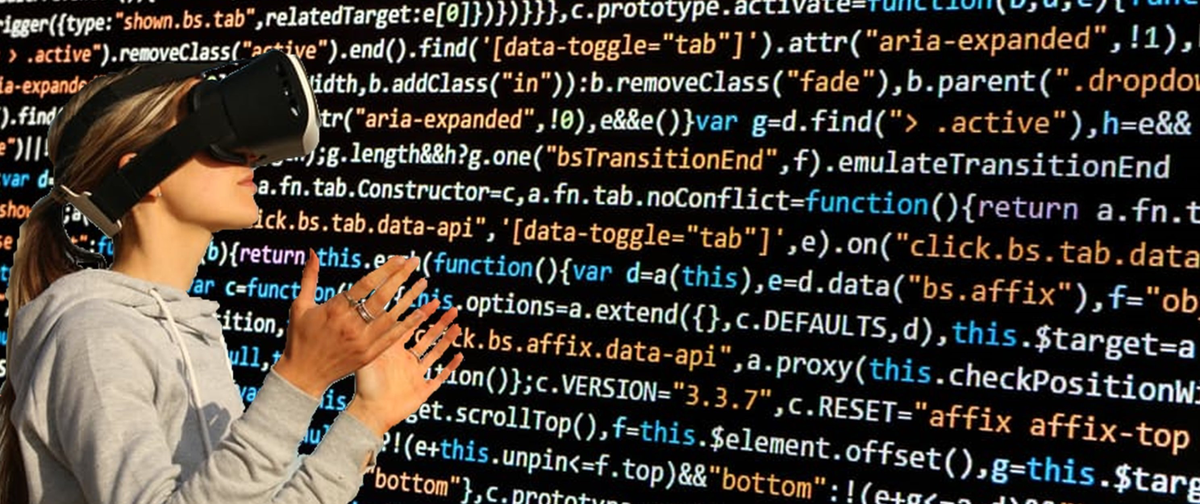Oh my gosh! His liver is on the floor!
I laughed morbidly to myself as I clumsily manipulated my hands. But this wasn’t any normal operating room, in fact, it wasn’t a room at all. It was in the back of a digital ambulance in the virtual game Surgeon Simulator.
The lighthearted experience is a refreshing take on what it’s like to be in the OR. Marketed toward the public, it serves as an interesting (albeit morbid) introduction into the inner workings of the human body. Manipulating virtual hands has been made intentionally clumsy by the developer – meant as a cheerful initiation into the challenges of a real OR.
By now, we have shifted our physical forms into an aggressive two meter distance while projecting our minds into the digital space. COVID-19 has reinforced to us and our patients that clinics and hospitals are not a good place to be, prompting us to deliver virtual care within the walls of their (and our) own homes. Despite my affinity for pyjama based teleconferences, I found an unexpectedly welcome distraction with virtual reality (VR) technology.

A bit of history, VR is not new at all. Much like fusion energy, it has been promised to be the next big thing “only in just a few more years”. Since the 1980s, big names like IBM have supported VR software such as one made by the Virtuality Group, who’s main focus was in consumer entertainment. They used the technology to recreate shared multi-user environments inside a virtual space – quite impressive at the time. Over the next 30 or so years, interest in consumer VR devices has remained. Uses have been mostly in gimmicky tech demos designed to make a few quick dollars with early adopters. However, this is quite expected for emerging tech and there are signs that VR is primed for widespread industrial applications.
A quick peruse of the top-end VR devices (Valve Index, Oculus Rift) shows a back order of at least eight weeks as consumers seek ways to distract themselves in self-isolation. Perhaps the best indicator of an imminent shift in market demand is from Apple’s new pending (and long rumored) VR headset, which will likely make a debut in 2021-22. Although it remains to be seen if COVID-19 will accelerate these plans, Apple has been known to polish awkward emerging technology and push it into the hands of the masses.
From a health care perspective, VR technology has been used in niche applications, mainly confined to the realm of medical education and simulations. While there are many unexplored opportunities for VR in clinical medicine, they remain as vague possibilities. This is great, as it allows us to become semi-early adopters by understanding its strengths and limitations. The best way to do this is by using it.
Therefore, I present to you, three fun things I learned from my socially distanced VR experience.
Expanded mindfulness
My pre-social distancing routine was to get into the clinic early for mandatory independent solitude, which unfortunately has been made impossible at home. By now, many family physicians and their patients are familiar with the multitude of mindfulness apps like HeadSpace and Calm, encouraging us to close our eyes as it chaperons us through our own solitary mindfulness routine. VR allows us to take this a step further with visual guidance that makes our social distancing just a little more forgiving. Software like Calm Space act as a guided, yet personal medium for mindfulness; giving the illusion of an expanded world from the safety of my couch.
Virtual in-person meetings
As many of you have experienced first hand, there is only so much productivity one can squeeze out of video conferencing. Despite my best attempts at dressing up, closing the home office door, and securing my headphones firmly on my head, my productivity was still limited to a small 13.5 inch screen. This extended to meetings with family and friends where even casual conversations are disrupted by the superficiality of the digital person in front of me. VR programs like Big Screen recognized these limitations and gave its users a sense of togetherness that was missing from video gatherings. The developers went to great lengths to replicate this feeling of intimacy, bringing people together in a simulated movie theatre complete with a lobby, concession stand and even digitized popcorn.
Digitally tailored fitness
In the pre-pandemic era, small boutique fitness gyms were incredibly popular as they capitalized on guiding users through intimate fitness programs in cycling, boxing and yoga. With social distancing, much of the guided fitness responsibilities have become personal fitness responsibilities. For myself, I prefer to be coaxed into improving my health and I suspect this is true of many of our patients. This is where VR really shines; a browse of VR Fitness Insider shows a multitude of ways to keep yourself moving in a confined space. I personally recommend in order preference: Beat Sabre, The Thrill of the Fight - VR Boxing and HoloBall … all of which, are substantially less than a Peloton subscription.
As always, I believe that gadgets should be serving us and our needs – and right now, that need is socially distanced wellness. As COVID-19 fundamentally changes the way we work, play and communicate, VR is poised to change the medium in which we do these things.
Author's disclaimer: I have no personal or professional financial involvement nor do I receive any financial benefit from the organizations mentioned in this article.
Editor’s note: The views, perspectives and opinions in this article are solely the author’s and do not necessarily represent those of the AMA.
Banner photo credit: StockSnap, Pixabay.com

